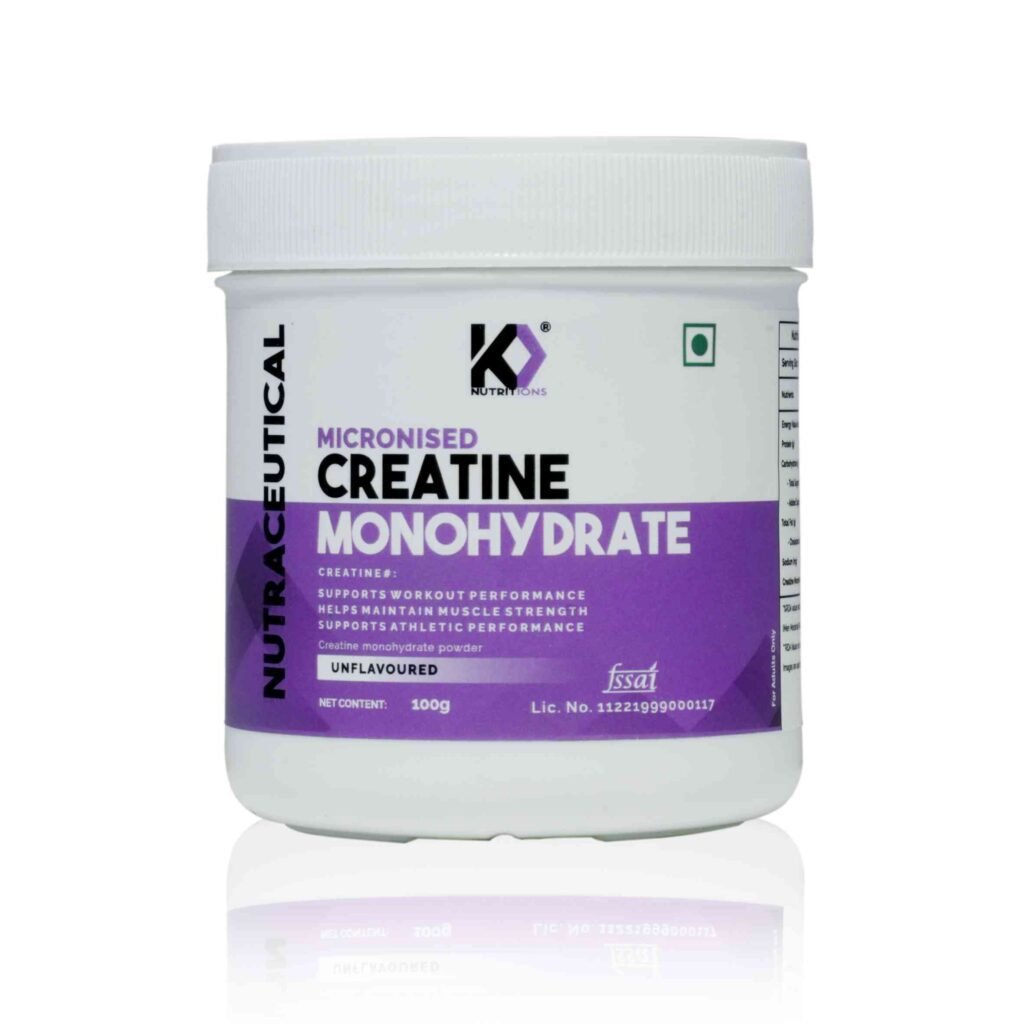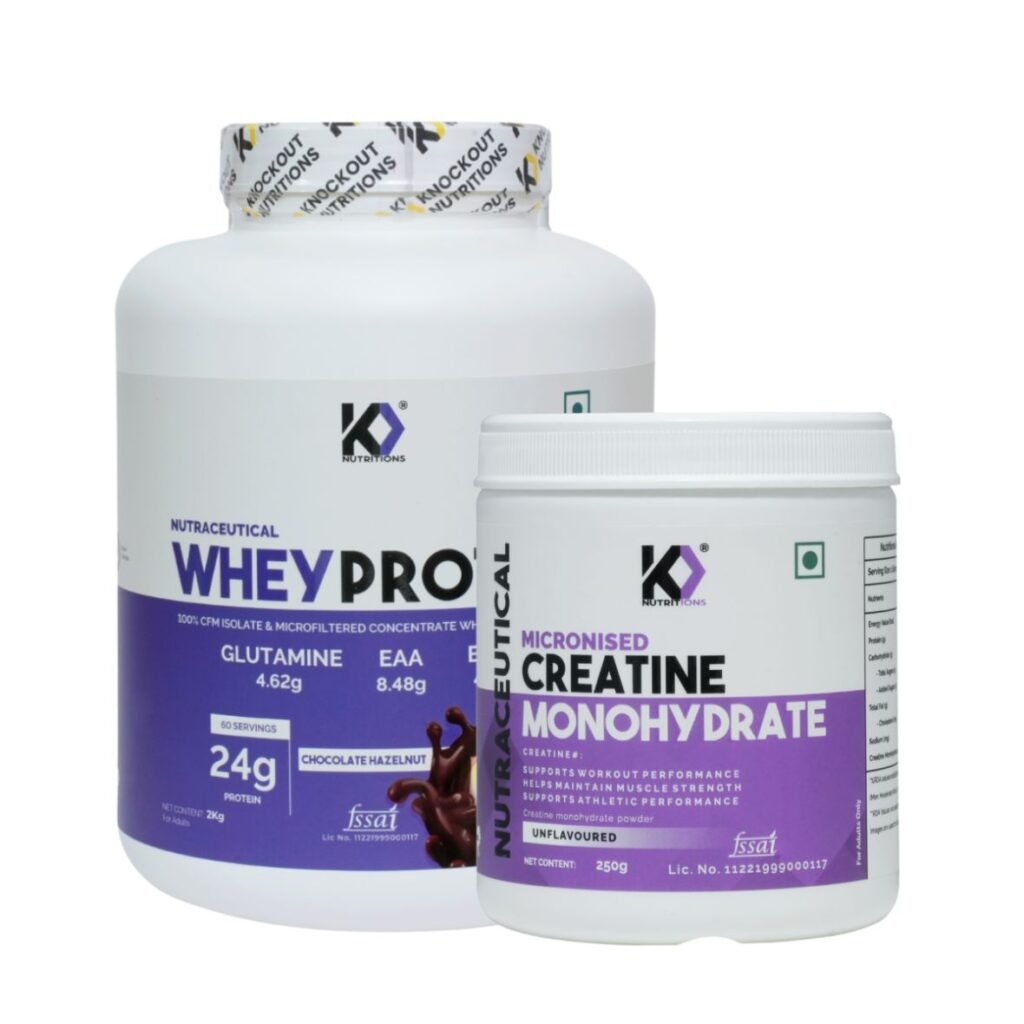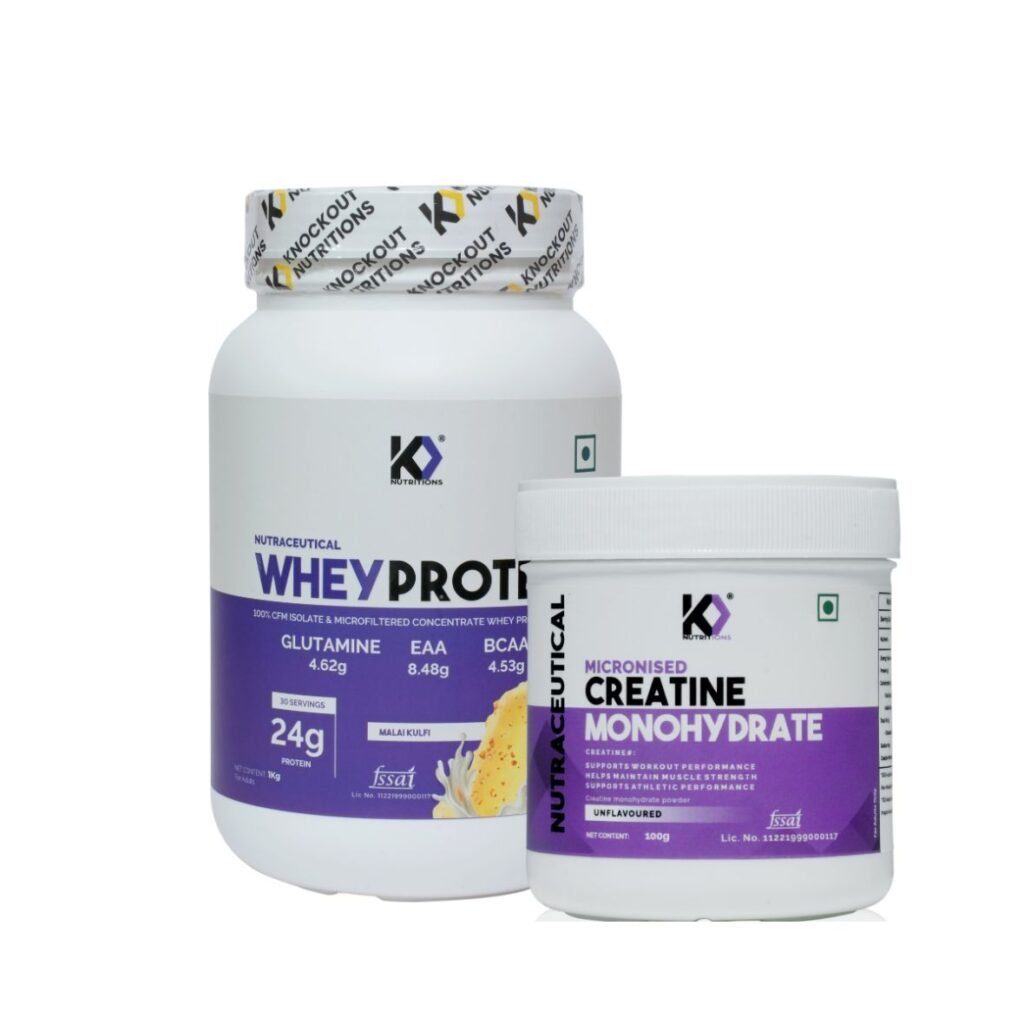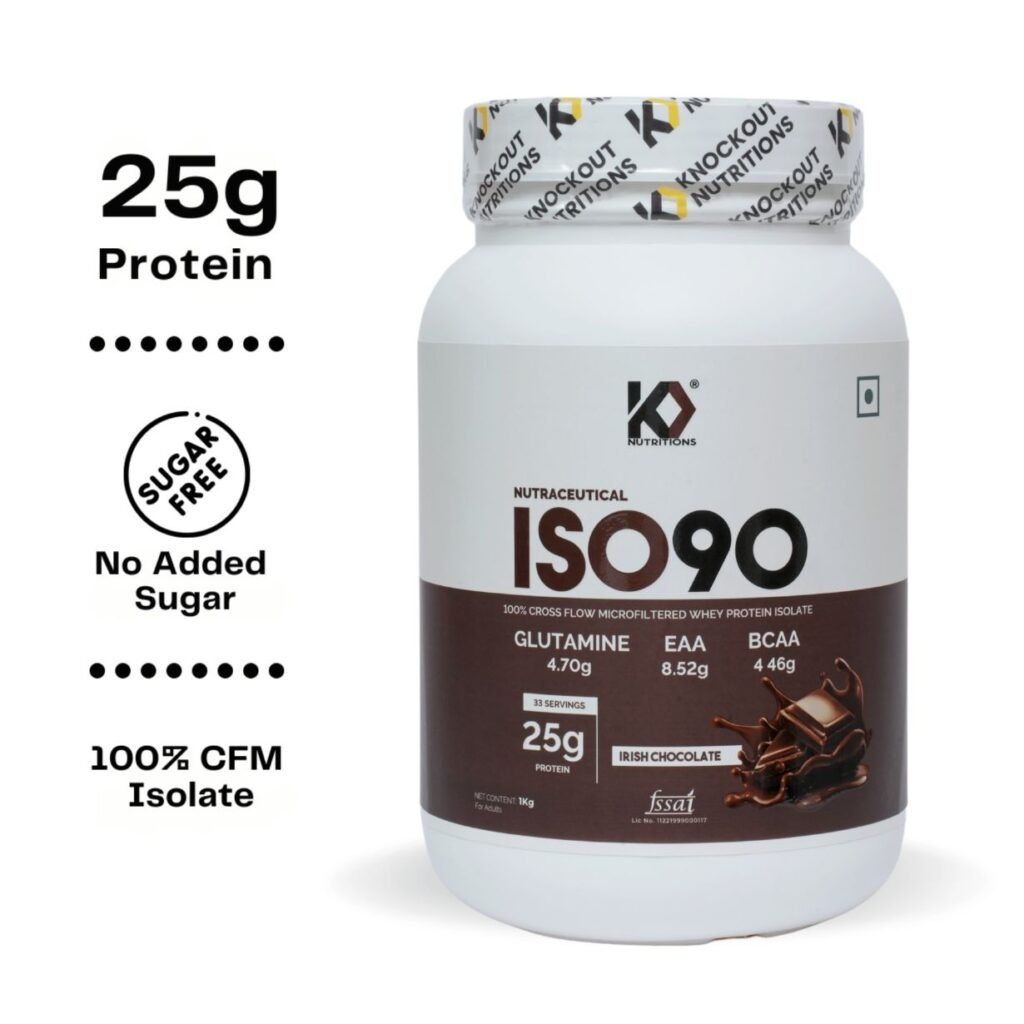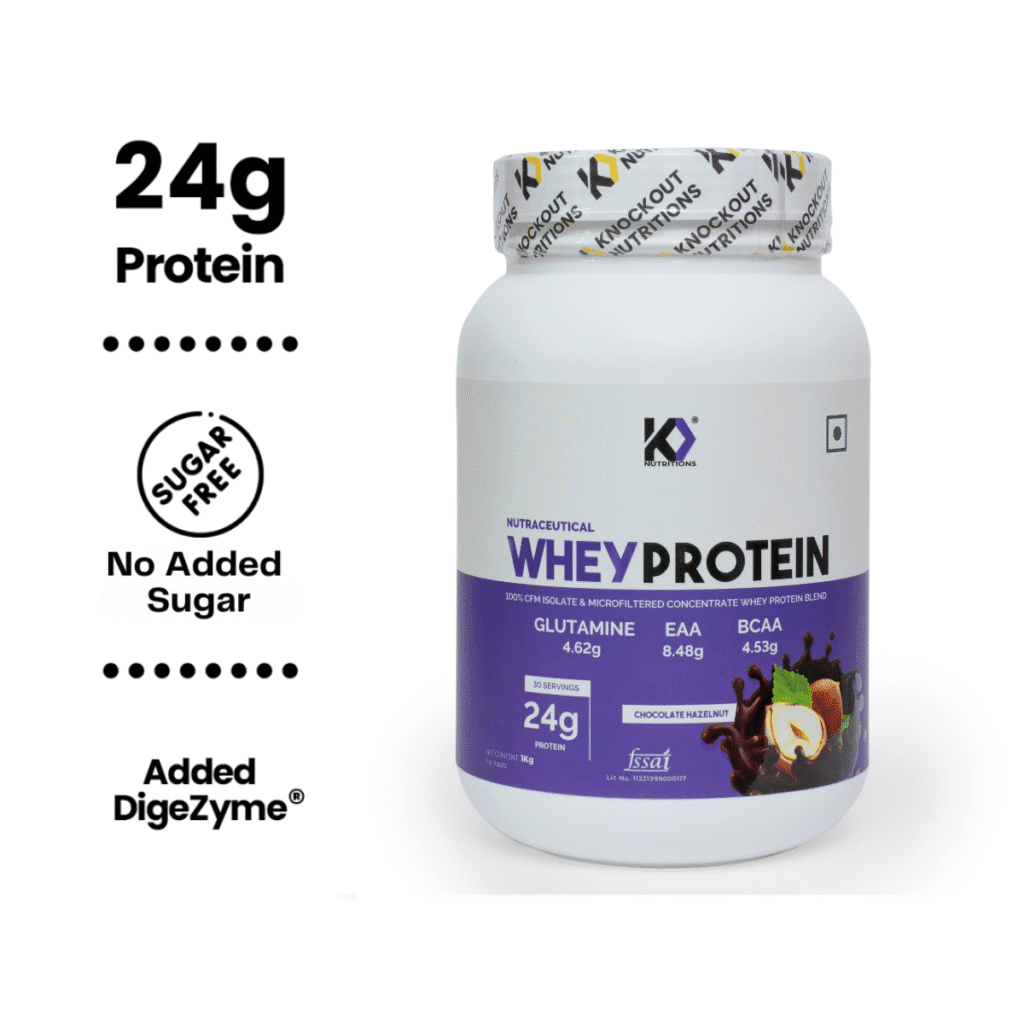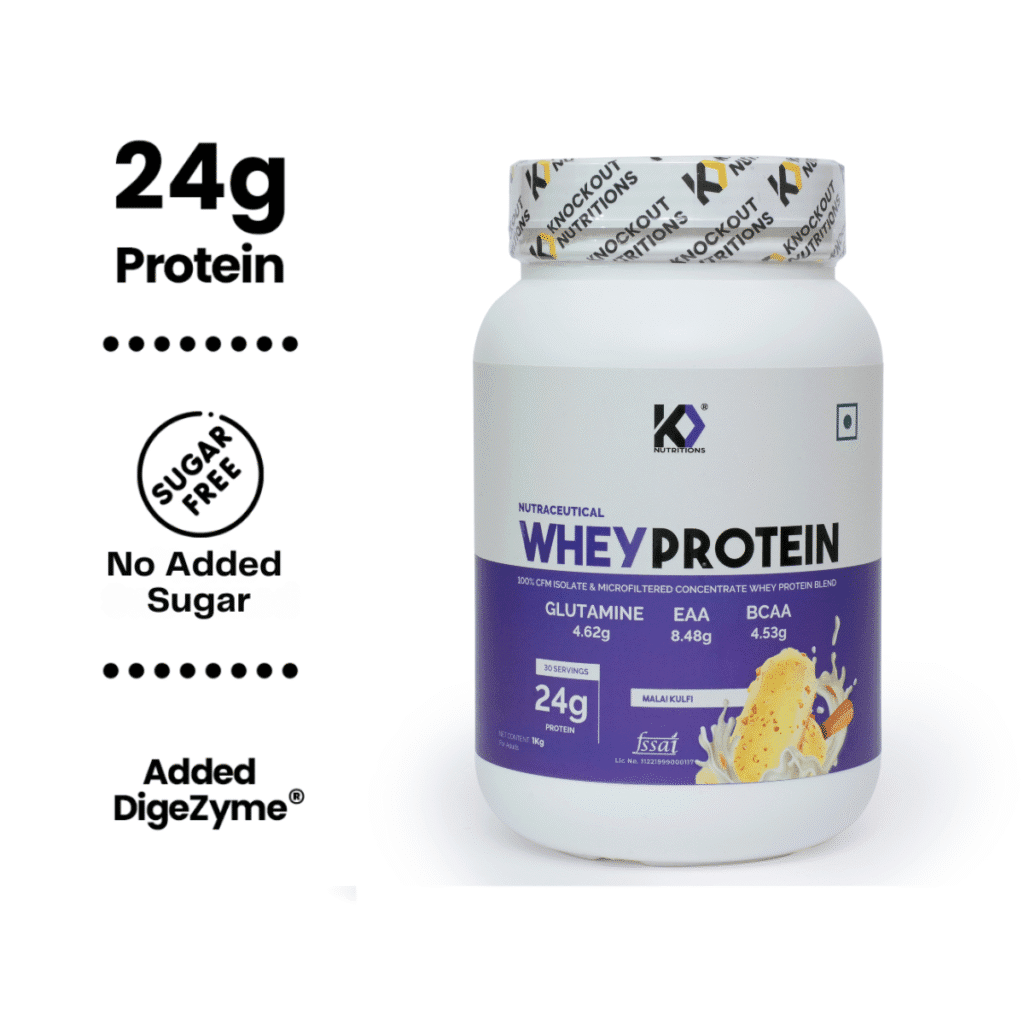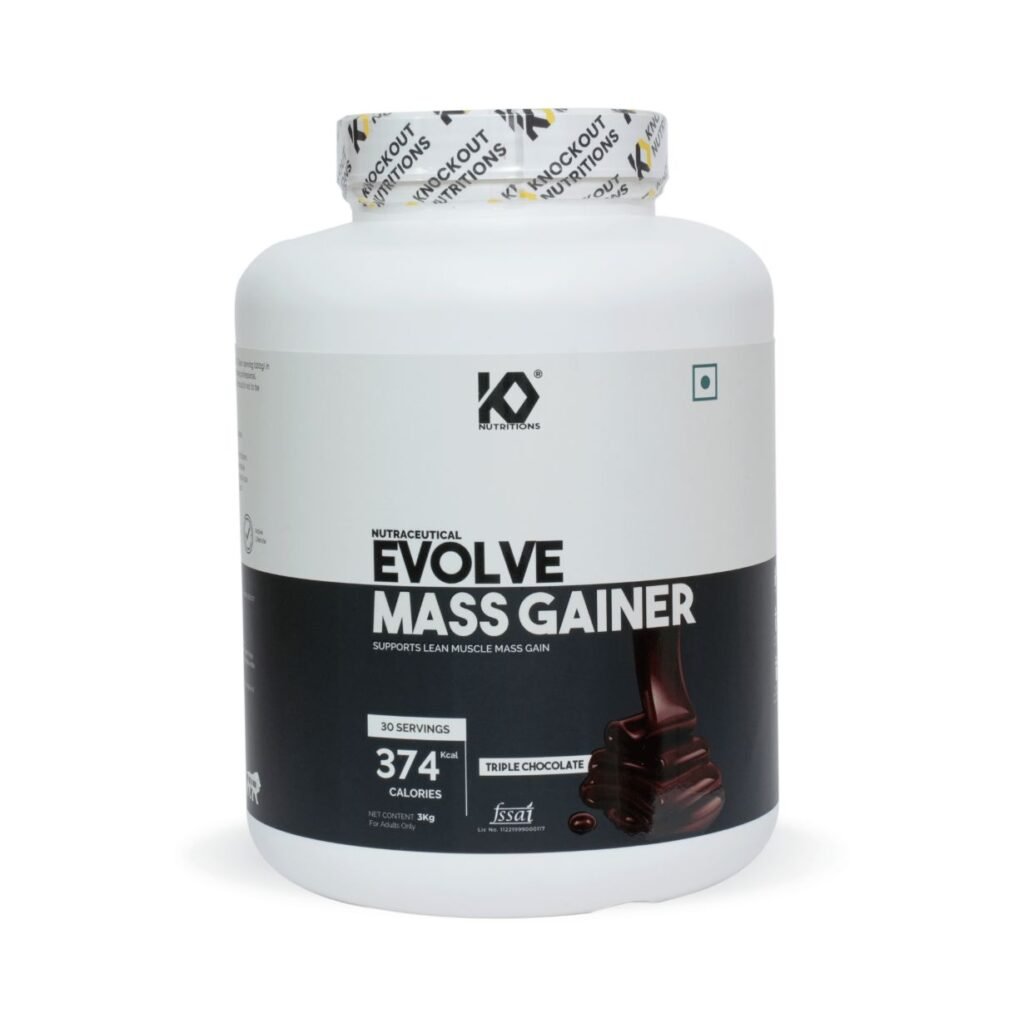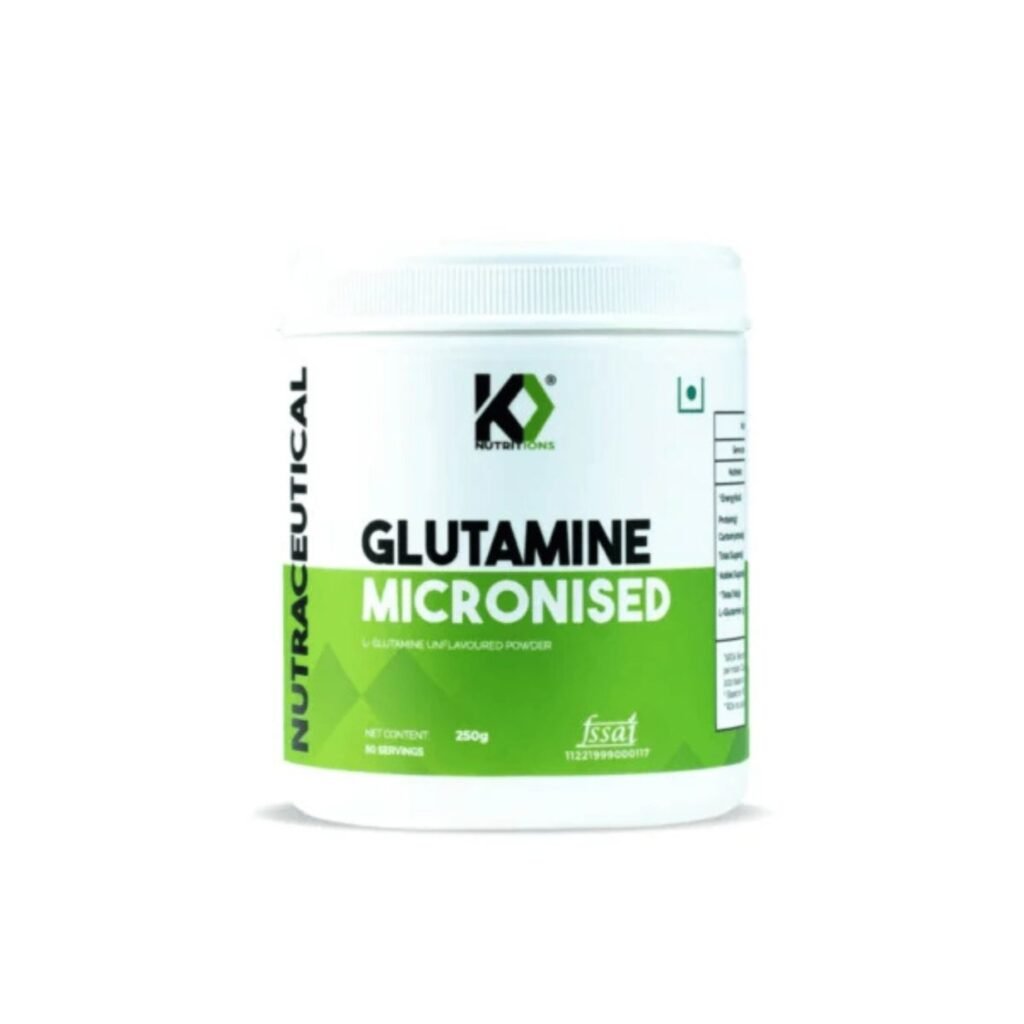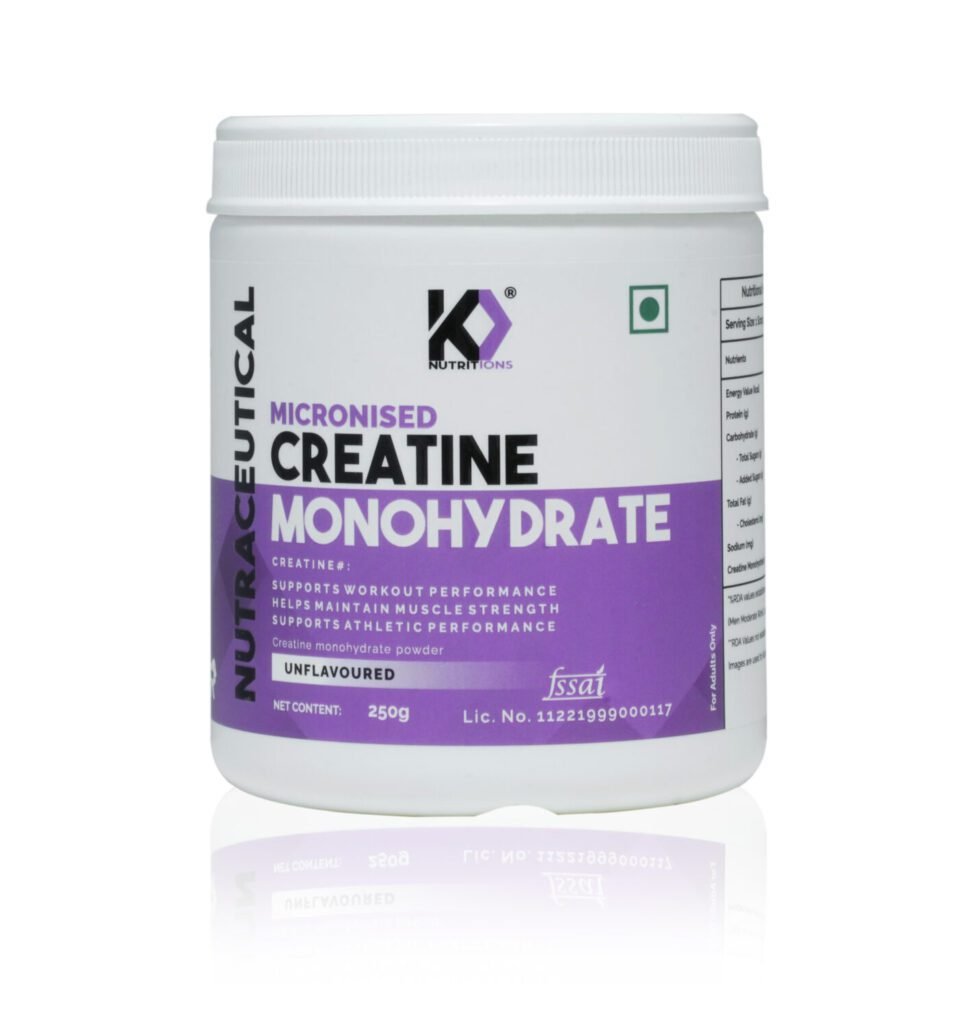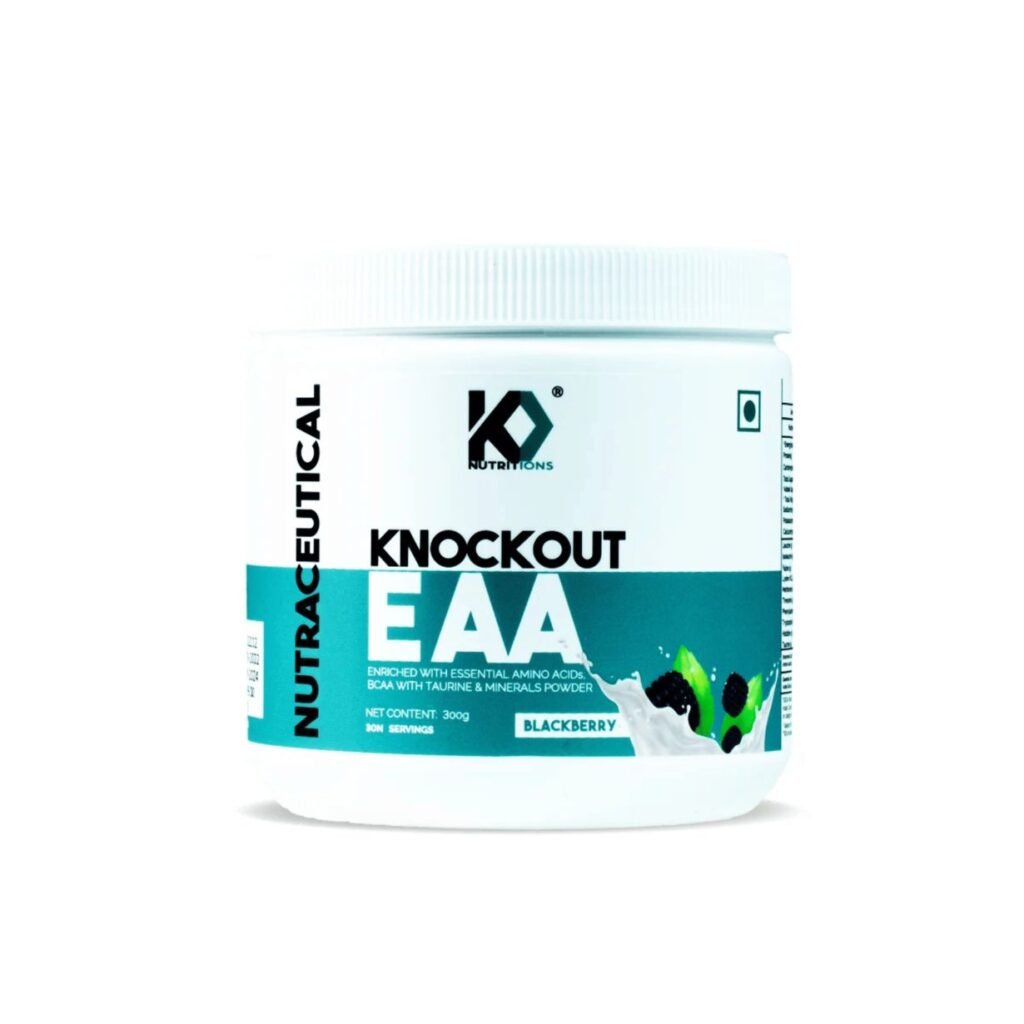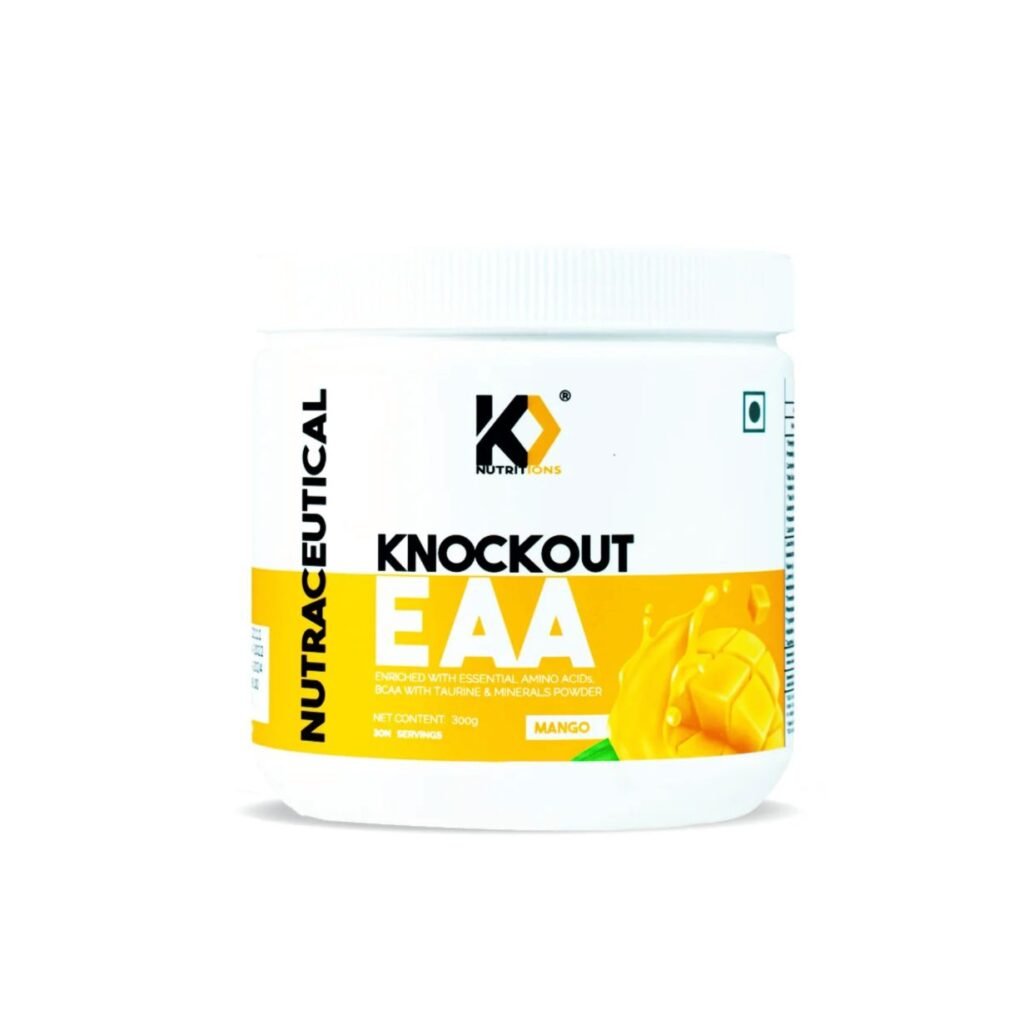For years, the fitness community has debated: EAA vs BCAA – which supplement is better?
The truth is, it’s not really a competition. Both play crucial roles in muscle recovery, energy, and performance.
👉 All BCAAs are EAAs, but not all EAAs are BCAAs.
-
EAAs (Essential Amino Acids): The complete set of 9 amino acids your body cannot produce naturally. They are essential for muscle repair, energy production, and overall performance.
-
BCAAs (Branched-Chain Amino Acids): A group of 3 amino acids (Leucine, Isoleucine, and Valine) that form part of the 9 EAAs. They have a unique branched structure that makes them especially effective for muscle recovery.
Think of it like this:
👉 EAAs = the full team.
👉 BCAAs = the star players within that team.
✅ What This Means for Your Training:
-
Supplementing with EAAs ensures you get the complete set, including BCAAs.
-
Supplementing with BCAAs only gives you just 3 out of the 9 amino acids — effective, but incomplete.
That’s why muscle growth, faster recovery, and peak performance come from complete amino acid support rather than isolating a few.
⚖️ Why the 2:1:1 BCAA Ratio Matters
Science shows that the 2:1:1 BCAA ratio mirrors the natural composition of human skeletal muscle:
-
Leucine (~60%) → Triggers muscle protein synthesis (growth & repair).
-
Isoleucine & Valine (~20% each) → Boost energy, glucose uptake, and endurance.
Ratios like 4:1:1 or 8:1:1 may sound stronger but can actually disrupt amino acid absorption and reduce effectiveness. That’s why the 2:1:1 formula is considered the gold standard for muscle recovery and growth.
🔥 Final Takeaway
Instead of EAA vs BCAA, think of it as BCAAs within EAAs — a special unit inside the complete squad. True nutrition isn’t about picking one over the other but about fueling your body with the bigger picture for better performance, recovery, and muscle growth. 💪




